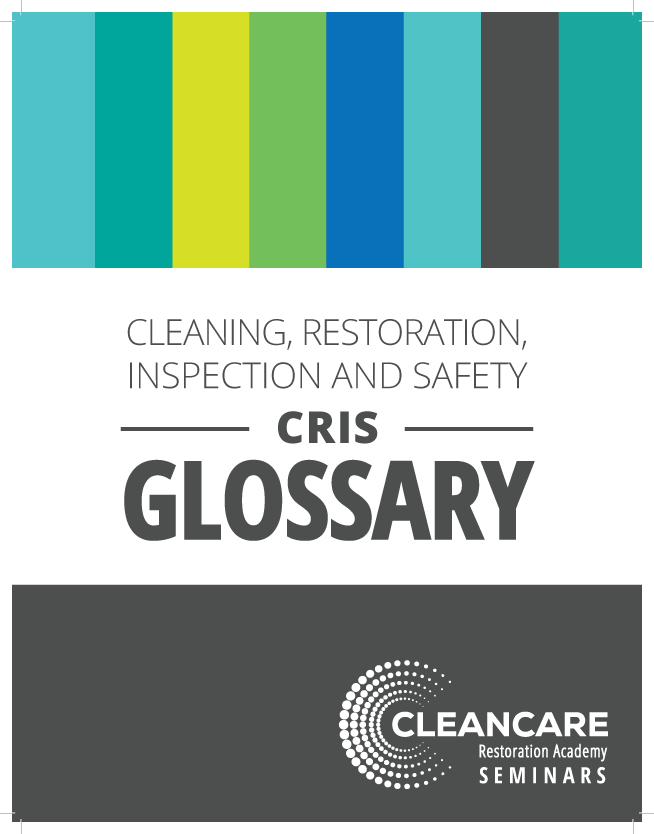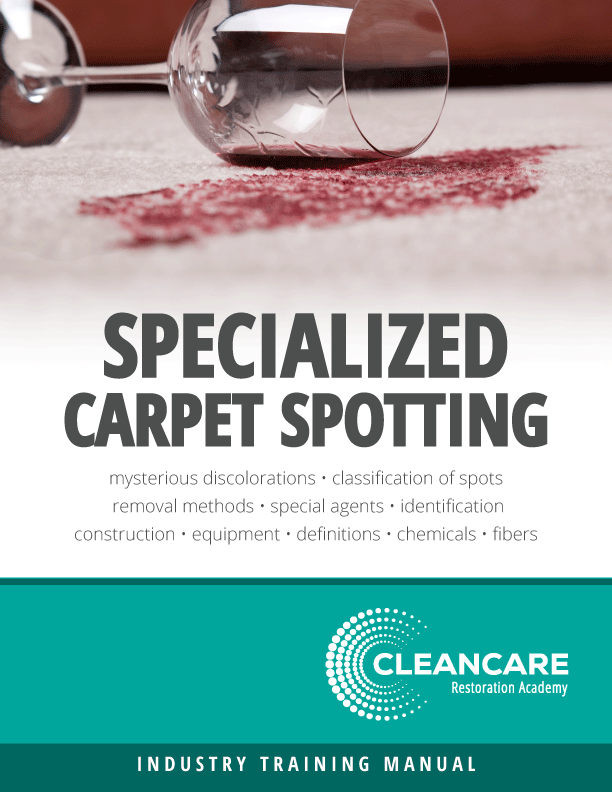An End to Asbestos Use, But Does That End the Risk?
The Environmental Protection Agency Ban on Ongoing Use of Asbestos Is a Reality

Photo credit: filo / DigitalVision Vectors / Getty Images
The R&R January 2023 Issue contained my article Will Asbestos Ever Go Away? In that article, I talked about the previous asbestos ban efforts, as well as the reality of asbestos materials in existing buildings. In my conclusion, I stated that the asbestos topic is not going away soon and the risks continue. (1)
Then on Monday, March 18, 2024 - the US Environmental Protection Agency announced a final rule to ban the ongoing uses of chrysotile asbestos, which is the only known use or import of asbestos in the United States. (2) Does this ban finally put the asbestos topic to rest and eliminate our risks?
Let me break this down further and explain where we are today.
Asbestos Ban!!??
There have been multiple bans of asbestos by the US throughout the years. My January 2023 article mentions some of them and an online search will provide a huge amount of information. To summarize, there were bans in the ‘70’s leading up to an overall ban in 1989. However, that was overturned in 1991. Other efforts followed until more recent federal efforts to further define the asbestos hazard. (3)
Despite these efforts, building materials with asbestos have continued to make their way into the country. Leading news agencies like the Washington Post, Forbes, and PBS all have reported that asbestos still makes its way into the United States. Even insurers like Chubb have warned that materials like drywall joint compound was still in use after a 1977 ban and the only way to be certain materials do not contain asbestos is to have them tested prior to removal. (Please refer to the Information Resources section at the end of the article for further information.)
What is Chrysotile Asbestos?
Let’s jump forward to the March EPA announcement. It states that the only known current-day use or import of asbestos involves chrysotile asbestos. Asbestos is categorized into six types; Chrysotile is one of the most common types used. The previous asbestos bans stopped most uses of Chrysotile in building materials, but as mentioned asbestos use was not completely banned. This resulted in some manufacturers still importing and using Chrysotile asbestos in specialty products.
The March 2024 Ban
Please understand that this ban is very industry-centric. In other words, it targets very specific industries and applications. The EPA announcement states that Chrysotile is used in industrial diaphragms, gaskets, brake linings, and of friction products. (2) It also gets quite complicated. For instance, the ban has specific timelines that allow different transition periods for different industries. Some industrial and federal gasket use has a five-year deadline, while others have a six-month window. Specialty asbestos diaphragms are to be phased out over five to 12 years, depending on the facility/application.
Good News/Bad News
Let’s make this simpler without diving any deeper into the ban details.
First, the good news:
- Import of Chrysotile asbestos has been halted immediately.
- Phase-out periods of existing manufacturing have been put in place.
- Additional safety measures will be developed during the manufacturing phase-out.
Now the bad news:
There is still legacy asbestos in buildings!
For the restoration Industry, this ban doesn’t remove the legacy asbestos hazard or relieve restoration companies from their obligation to protect employees and follow existing asbestos regulations!
“…this ban doesn’t remove the legacy asbestos hazard or relieve restoration companies from their obligations to protect employees and follow existing asbestos regulations!”
I also have to admit my skepticism that asbestos building materials won’t come into the US after the next large-scale disaster. Most of us remember the Chinese drywall issue in the mid-2000’s after Hurricane Katrina depleted our domestic stockpile and outpaced production efforts. However, I’ll put my skepticism aside and choose to focus on the good news bulleted items shown above!
More to Come
What about the other types of asbestos that I mentioned earlier? Well, there is a second part of the ban effort that will involve a risk evaluation of these other types. A draft version of that evaluation is to be released soon and a final version is due in early December 2024. (2) So, stay tuned!
Conclusion
I know there are restoration jobs with asbestos surveys that are still coming up positive for asbestos. Likewise, I have seen many old buildings being renovated that still have asbestos building materials in areas previously untouched. I’m sure there eventually will come a day when those buildings are either demolished or completely renovated. However, until that day an asbestos ban will not change the potential for asbestos exposure.
For the restoration Industry, I believe this ban can be summarized by stating “That’s great news, but we still have to be vigilant about legacy asbestos.”
Information Resources
Forbes, Asbestos Still Causes Cancer. Why is it still used? https://www.forbes.com/sites/tarahaelle/2017/03/24/asbestos-linked-cancer-remains-a-killer-just-as-asbestos-remains-commonly-used/?sh=551cae233144
PBS News Hour, The stunning truth about asbestos use in the U.S., https://www.pbs.org/newshour/show/decades-after-proof-of-its-carcinogenic-properties-asbestos-still-surrounds-us
California Department of Public Health, FAQs About Asbestos in the Home and Workplace, November 2017, https://www.cdph.ca.gov/Programs/CCDPHP/DEODC/EHLB/IAQ/CDPH%20Document%20Library/AsbestosFactSheet_201711_final-ADA.pdf
Agency for Toxic Substances and Disease Registry; https://www.atsdr.cdc.gov/csem/asbestos/where_is_asbestos_found.html
Minnesota Department of Health, Common Asbestos-Containing Products, https://www.health.state.mn.us/communities/environment/asbestos/products.html
References
- Restoration and Remediation Magazine Online, January 25, 2023, Will Asbestos Every Go Away? https://www.randrmagonline.com/articles/90376-will-asbestos-ever-go-away
- Environmental Protection Agency, New Releases, Headquarters, Chemical Safety and Pollutions Prevention (OCSPP), Biden-Harris Administration finalizes ban on ongoing uses of asbestos to protect people from cancer. https://www.epa.gov/newsreleases/biden-harris-administration-finalizes-ban-ongoing-uses-asbestos-protect-people-cancer#:~:text=WASHINGTON%20%E2%80%93%20Today%2C%20March%2018%2C,imported%20to%20the%20United%20States.
- Environmental Protection Agency, Asbestos, Recent EPA Actions to Prevent Asbestos Exposure, EPA Actions to Protect the Public from Exposure to Asbestos. https://www.epa.gov/asbestos/epa-actions-protect-public-exposure-asbestos
Looking for a reprint of this article?
From high-res PDFs to custom plaques, order your copy today!








